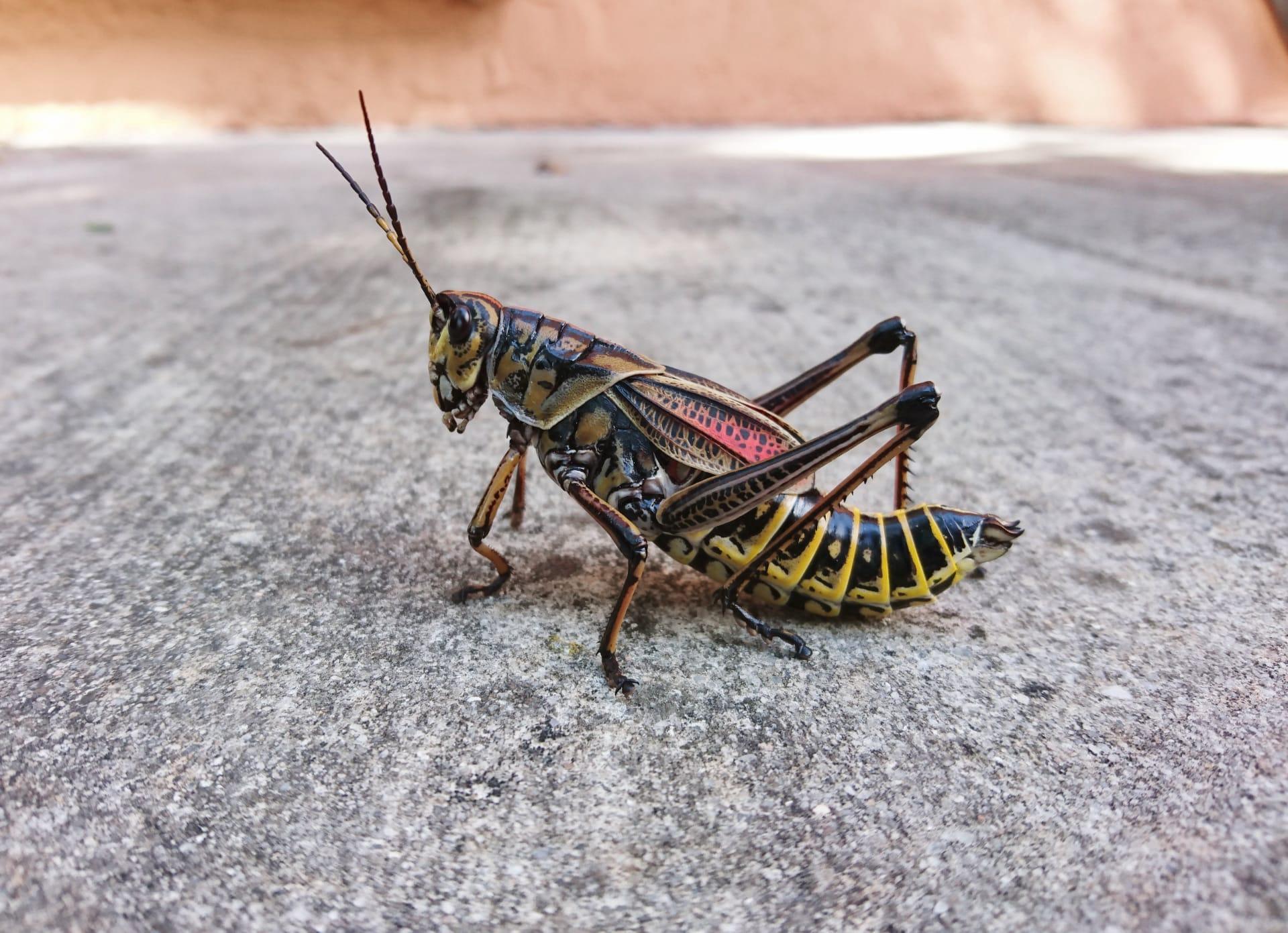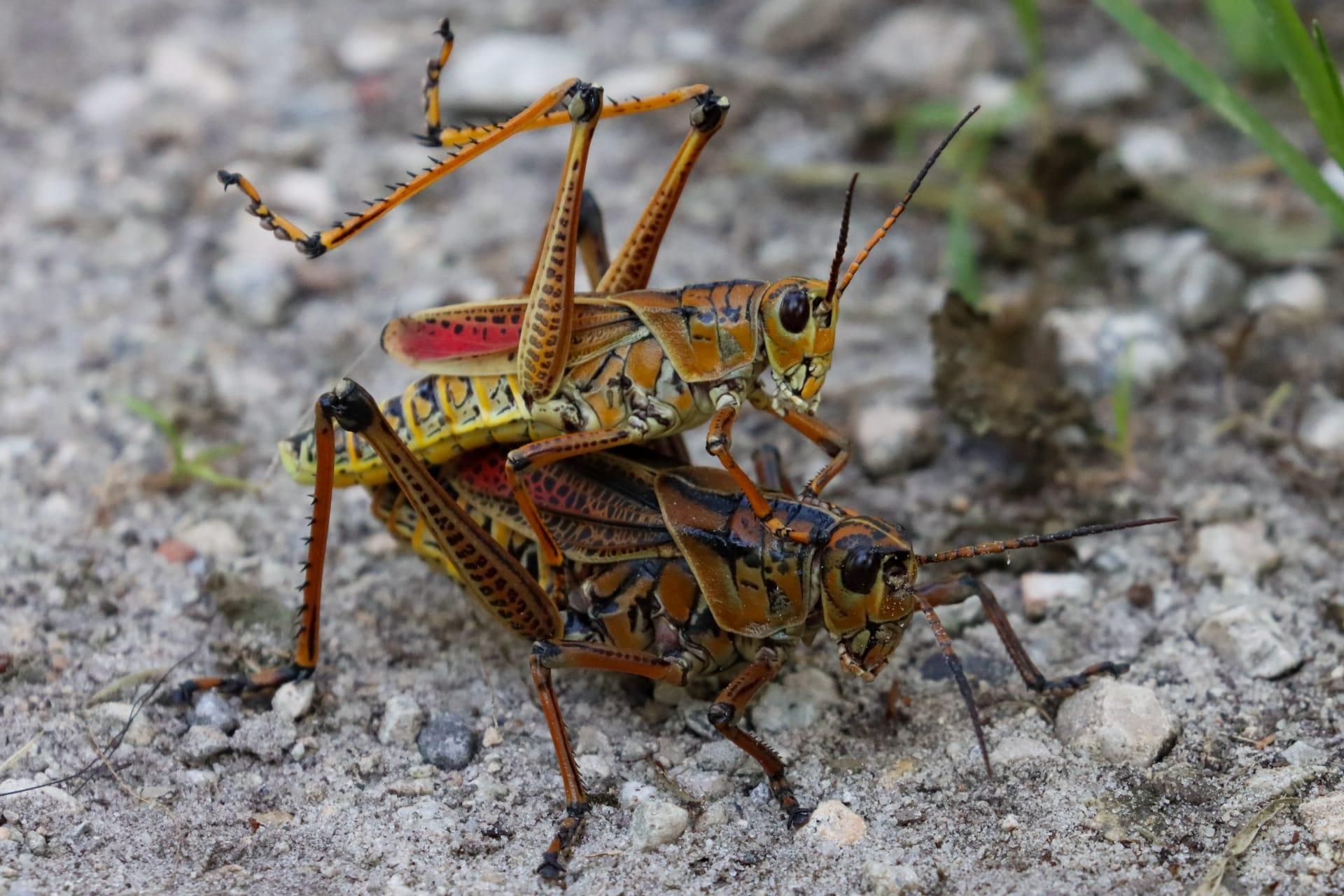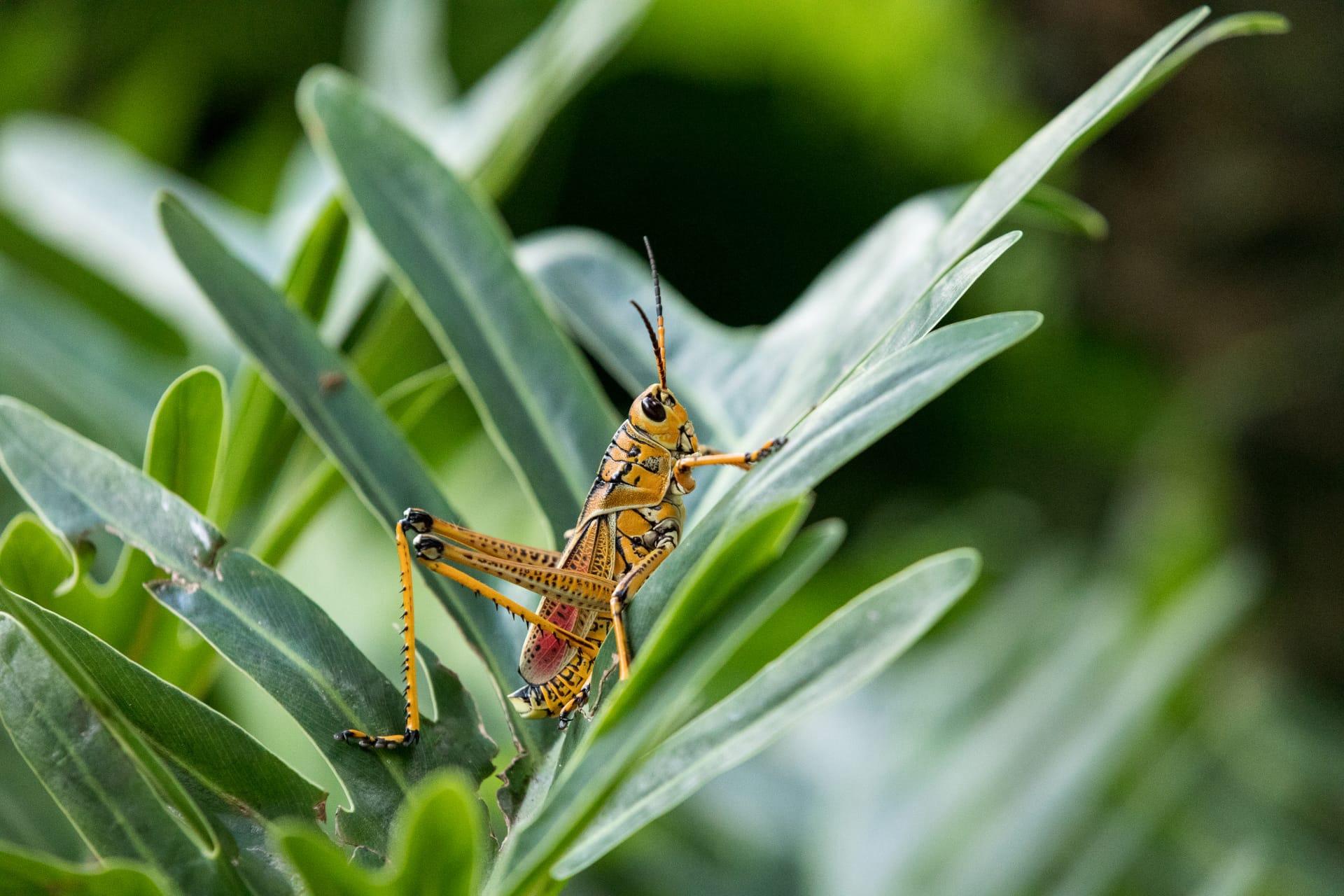Lubber Grasshopper Characteristics
- Home /
- Mini Encyclopedia /
- Animal /
- Lubber Grasshopper Characteristics
1
The Lubber Grasshopper, a fascinating creature, stands out in the insect world due to its size and lifespan. Adult Lubbers can reach up to 2.5 to 3 inches in length, making them one of the largest grasshopper species in North America. Their lifespan, although brief, is intriguing. From egg to adult, Lubbers live for about one year. Their life cycle includes three stages: egg, nymph, and adult. The nymph stage, lasting several months, is crucial as this is when they undergo most of their growth.
One of the most distinctive organs of the Lubber Grasshopper is its tympanum, an auditory organ located on the abdomen. Unlike human ears, the tympanum is a thin membrane that vibrates in response to sound waves. This organ is vital for survival, as it allows the Lubber Grasshopper to detect the presence of predators. The tympanum's sensitivity varies among grasshoppers, but Lubbers have a particularly fine-tuned system, capable of detecting a range of frequencies, which is essential for their communication and predator avoidance.

2
Question: What makes the Lubber Grasshopper's coloration unique?
Answer: The Lubber Grasshopper is known for its striking coloration, which serves as a warning to predators. These grasshoppers typically exhibit bright yellow, red, or orange colors with black markings. This color pattern is a form of aposematism, a biological term for warning coloration used by various animals to signal their toxicity or unpalatability. The Lubber's vivid colors are a clear message to potential predators that they are not a safe meal. Interestingly, these colors are not present at birth; young Lubber nymphs are mostly black and acquire their colors as they mature.

3
The Lubber Grasshopper exhibits unique locomotion characteristics. Unlike many other grasshoppers, Lubbers are not known for their jumping ability. In fact, due to their large size, they are relatively poor jumpers. Instead, they primarily walk or crawl to move around. When threatened, they can release a foul-smelling spray to deter predators, compensating for their lack of agility.
In terms of feeding habits, Lubber Grasshoppers are voracious eaters with a preference for broadleaf plants. They are often considered agricultural pests due to their ability to consume large quantities of vegetation. Interestingly, they have a special affinity for toxic plants, which they can eat without harm. This ability not only provides them with a food source but also contributes to their own toxicity, further deterring predators.

4
The Lubber Grasshopper thrives in warm, humid environments, commonly found in the southeastern United States. They prefer areas with abundant vegetation, such as fields, forests, and grasslands. Their ideal habitat is one that offers a plentiful food supply and suitable conditions for laying eggs.
Reproductively, Lubbers exhibit fascinating traits. Females lay their eggs in the soil in pods, each containing dozens of eggs. These eggs overwinter and hatch in the spring. The reproductive cycle is highly influenced by temperature and humidity levels. After hatching, the nymphs go through several molts before reaching adulthood, a process that spans several months and is critical for their development and survival.

5
Book: "The World of Grasshoppers" by John L. Capinera, published in the United States in 2008. This comprehensive guide provides an in-depth look into the lives of various grasshopper species, including the Lubber Grasshopper. Capinera, an entomology expert, delves into their biology, behavior, and impact on the environment, offering insights into their ecological significance and management strategies.
Book: "Insects of the Southeastern United States" by Edward L. Mockford, published in the United States in 1993. This book includes a detailed section on the Lubber Grasshopper, exploring its unique characteristics and role in the ecosystem. Mockford's work is well-regarded for its thorough research and accessible presentation, making it a valuable resource for both scientists and nature enthusiasts interested in the diverse insect life of the southeastern U.S.